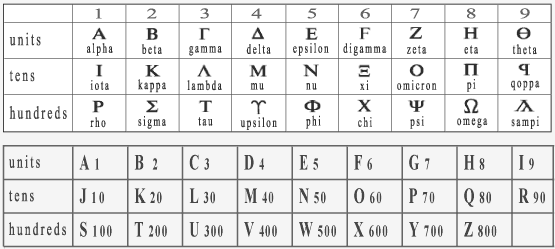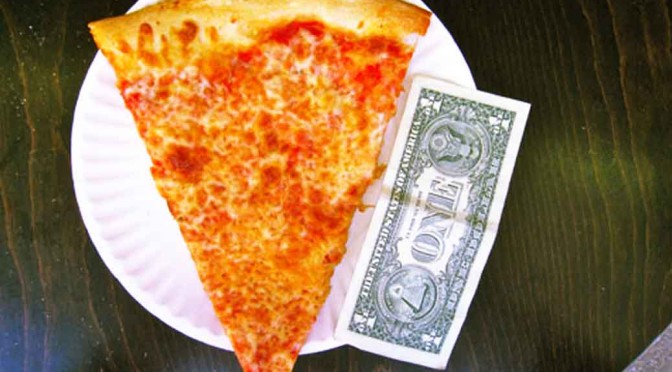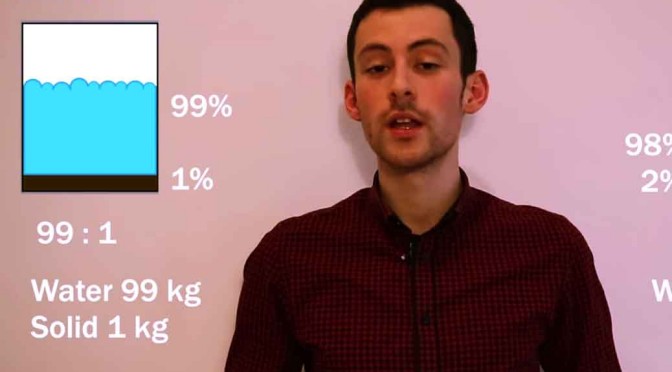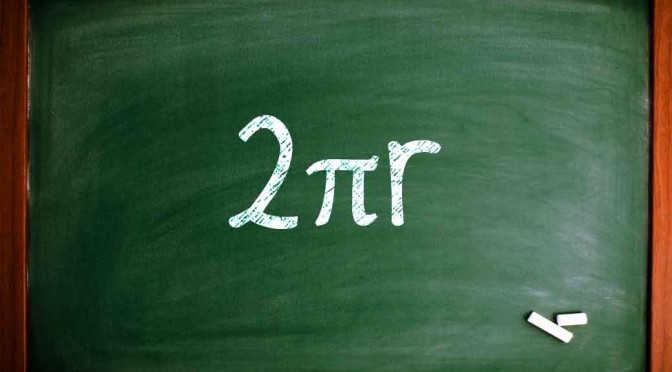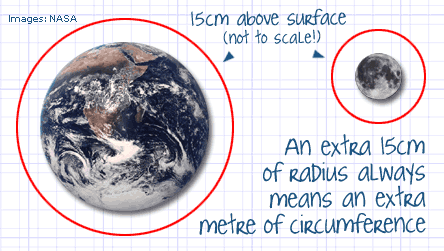By Anupum Pant
666 is probably one of the most infamous numbers and is known by many as the number of the beast. That is because the Bible, as translated in English, mentions 666 as the number of the beast. Revelation 13:18 says this…
Let the one who has understanding calculate the number of the beast, for it is the number of a man, and his number is 666.
However, it is very interesting to note that, since the Bible wasn’t written originally in English, the number 666 wasn’t actually there in the original form. In the original Greek manuscript, a language (like Hebrew) which uses letters for numbers, the number is written as 3 letters. I did not know this before. That means, all of the Greek and Hebrew text can also be read as numbers!
This is called isosephy – Meaning a practice of writing text where a text can be a number too. Normally the number values associated with each letter of a word are added to form a number.
So, the letters of my name (A, N, U, P, U, M), in order, would be the numbers: 1, 50, 300, 70, 300, 40. Total: 761 – Which is not very close to 666, I’m not a beast. What about yours? You can look at the table below and calculate.
Nero Caesar written in Hebrew can be converted to numbers and the total is 666. A way of saying, by the author, that Nero Caesar is the root of all evil. At the same time, the author doesn’t end up in trouble for writing this.
Also, all the 36 numbers on a Monte Carlo roulette wheel add up to 666. Watch more in the video below.
